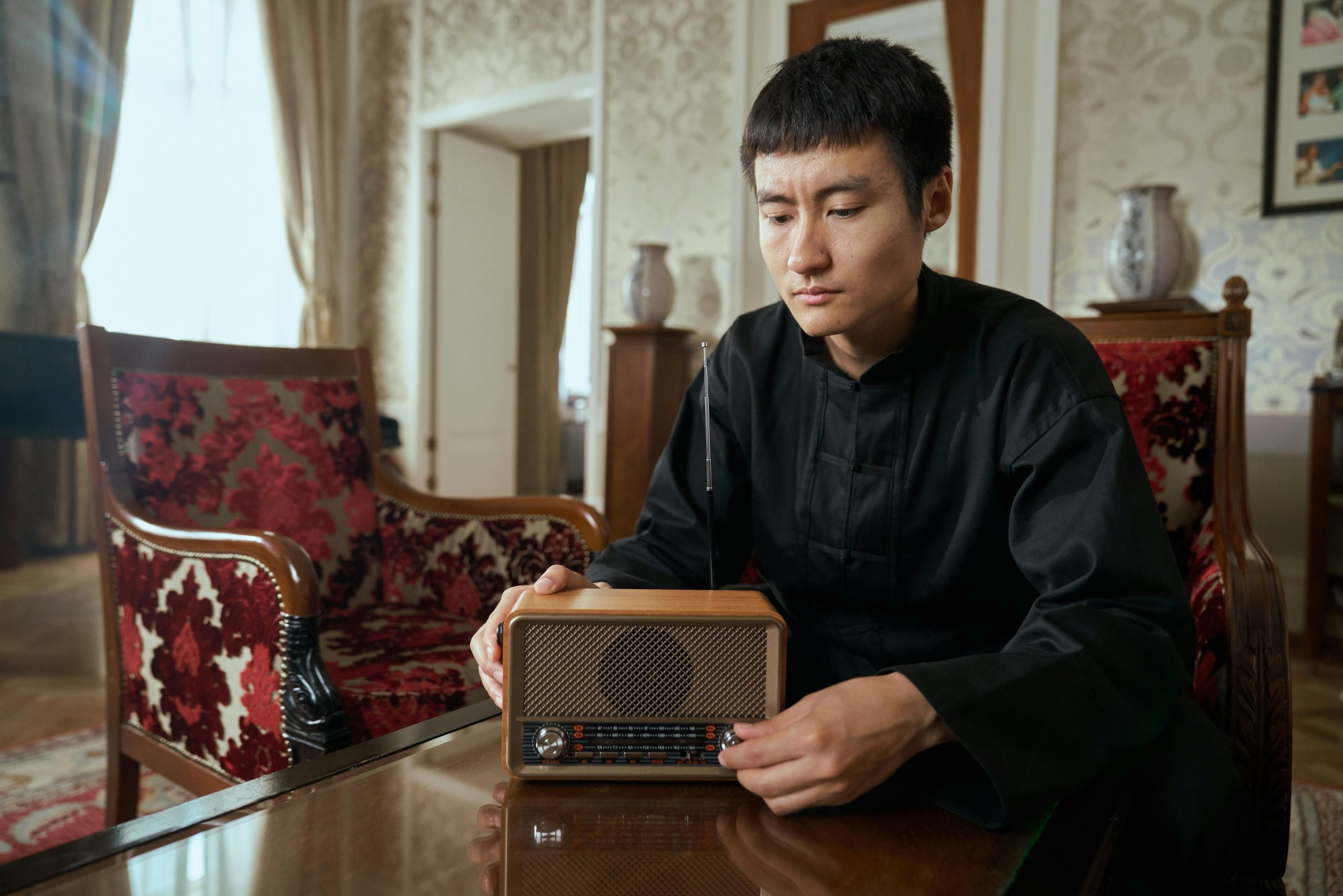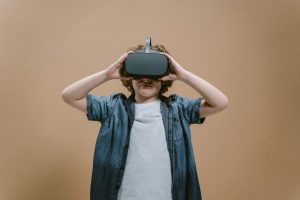Gamified History Lessons: Making the Past Playable Through XR
The way history is taught in classrooms has significantly evolved over the years. From traditional textbooks to interactive lectures, educators are constantly trying to find innovative ways to engage students and make learning more interesting. One approach that has gained a lot of popularity in recent years is gamification. By incorporating game elements into the learning process, educators are able to create a more immersive and interactive experience for students. And with the rise of XR technology, or extended reality technology, gamified history lessons have taken on a whole new level. In this article, we will explore how gamification, combined with XR, is making history lessons more engaging and enjoyable for students.
The Power of Gamification
Gamification is the process of applying game design principles to non-game contexts, such as education. By introducing elements like points, rewards, and competition, gamification makes learning more exciting and motivating. It taps into the natural human desire for achievement and recognition, prompting students to actively participate and engage in the learning process.
In the context of history lessons, gamification allows students to step into the shoes of historical figures, take on roles, and experience events for themselves. This not only provides a deeper understanding of the subject matter but also helps develop critical thinking and problem-solving skills.
Introducing XR Technology
Extended reality technology, also known as XR, is an umbrella term that includes virtual reality (VR), augmented reality (AR), and mixed reality (MR). These technologies create immersive experiences by overlaying digital content onto the real world or by simulating a completely virtual environment. In the realm of education, XR has opened up numerous possibilities to enhance traditional teaching methods, and gamified history lessons are no exception.
Using XR, students can transport themselves to different historical periods, visit significant locations, and interact with historical figures in a lifelike manner. It adds a sense of realism to the learning experience, making it more engaging and memorable for students. XR also enables students to collaborate and work together in a virtual environment, allowing them to learn from each other’s perspectives and insights.
Gamified XR History Lessons in Action
One great example of gamified XR history lessons is the “Virtual Vikings” project at the Viking Ship Museum in Oslo, Norway. Students can embark on a virtual journey back to the Viking Age by wearing VR headsets. They are then transported to a Viking ship, where they can explore and learn about the different roles and tasks performed by the crew. They can also interact with the characters and complete challenges, such as rowing the ship and handling the sails.
Another project, “TimeLooper”, takes students on a virtual field trip to historic sites such as the Parthenon in Greece and the Pyramids of Giza in Egypt. Using AR, students can see how these sites looked in their original forms and learn about the significance of each location. The interactive nature of the experience encourages students to actively participate and retain the information they learn.
The Benefits of XR Gamified History Lessons
The integration of XR and gamification into history lessons has numerous benefits for students. Firstly, it makes learning fun and exciting, which in turn boosts motivation and engagement. This is especially beneficial for students who may struggle with traditional teaching methods.
XR technology also allows students to see history in a whole new perspective. By immersing themselves in the past, students can better understand the context and significance of historical events. XR also encourages critical thinking, as students are required to navigate through challenges and make decisions based on the information presented to them.
Enhancing the Future of Education
As XR technology continues to advance, so do the possibilities for gamified history lessons. Educators are constantly exploring new ways to incorporate XR and gamification to make learning more interactive and enjoyable. This not only benefits students but also opens up new avenues for teaching and learning.
Gamified history lessons through XR offer a glimpse into the future of education. By creating immersive and engaging learning experiences, students are more likely to retain information and develop a love for history. With the ever-growing abundance of XR technology, the possibilities and potential for enhancing education are endless.
In Conclusion
Gamified history lessons have proven to be a successful method for making the past come alive in the classroom. By integrating XR technology into the mix, educators are able to provide students with a more immersive and interactive experience. This not only makes learning more engaging but also encourages critical thinking and problem-solving skills. As XR technology continues to advance, we can expect to see even more innovative and exciting gamified history lessons in the future.











